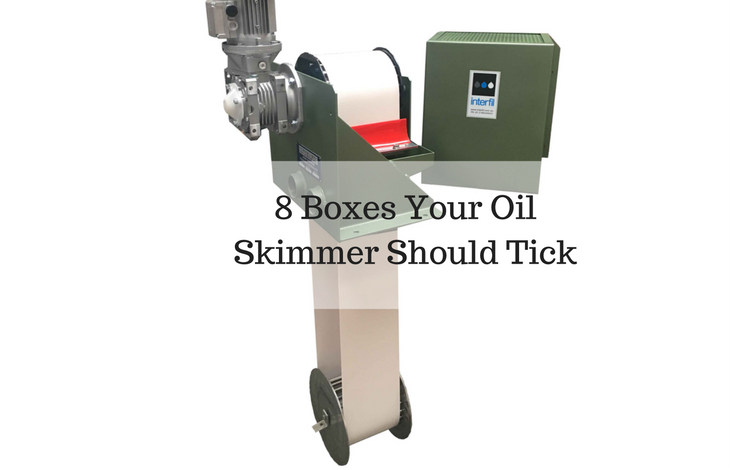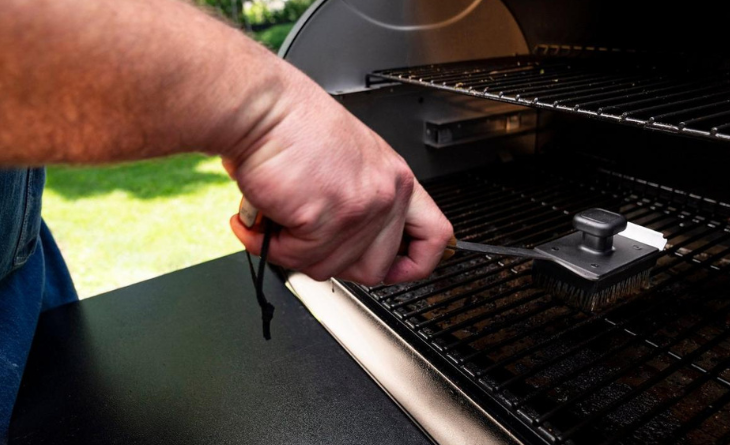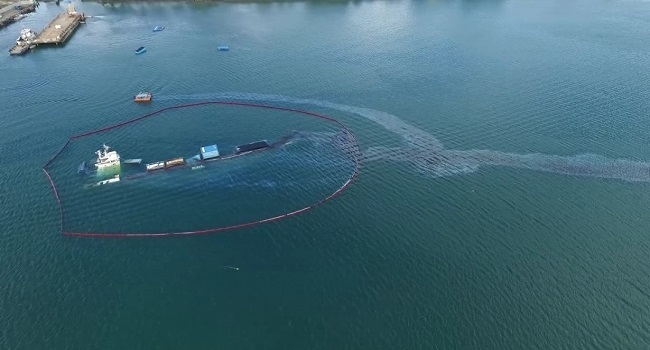
Oil skimmers are an indispensable part of many manufacturing activities. When choosing an oil skimmer, there are several things to consider in making this investment. Failure to pick the more effective and efficient oil skimmer for the applicable manufacturing process can lead to a costly, inefficient and even ineffectual oil skimmer slowing down production, leading to contamination of drainage systems and much more. Below is a detailed outline of 8 boxes your oil skimmer should tick before you make that purchase.
1. Easy Installation
Ensure that the oil skimmer does not need additional components that can increase the cost or make it harder to install. It’s important to plan the space for the oil skimmer, if your workshop is tight on space, ensure that the oil skimmer can fit into a small space. Check that the skimmer can be easily accessed for maintenance after installation to keep it running smoothly.
2. High Capacity
Ensure that the oil skimmer you are picking fits your manufacturing requirements with regards to capacity. To do so, it is important to know the rate of oil inflow in your production. As an example, the inflow of oil could be 400 litres every 16 hours, which works out at 25 litres every hour. If the majority of the oil inflow occurs within an 8-hour shift, an oil skimmer with a removal rate that is over 50 litres per hour will be required. The effect of getting an oil skimmer whose capacity is below your needs is the potential of contaminated water getting into the drainage system.
3. Runs non-stop while in use
It is important that the oil skimmer can complete an 8-hour shift with no downtime in between. Downtime causes delays in the manufacturing process, which can increase costs. Also with the oil skimmer down, the delays can lead to contamination of sewer systems.
4. Portability
Depending on the activity you are using the oil skimmer for, portability is an important consideration. Portability is also a bonus when it comes to cost saving at a site where a mobile oil skimmer can be used on many different machines. A compact and portable oil skimmer is also ideal for workshops with limited space.
5. Easy waste disposal
Integral to the maintenance and long life of an oil skimmer is frequent and thorough cleaning, to ensure it continues to work optimally. When choosing an oil skimmer, it is important to pick one that offers easy access to waste disposal. An oil skimmer with a complex waste disposal system can eventually be expensive to run because it increases the time used in getting rid of waste.
6. Oil Skimmer belt material right for production
Ensure that the oil skimmer you are getting is right for its application. Communicate you’re needs and the environment of the oil skimmer use with the potential vendor to get the right oil skimmer for your needs. Say for example you’re process of oil skimming is at an extremely high heat, in this not all plastic belts will be advisable for this application. Or if a production process produces emulsified oil that is floating a smooth belt will not be ideal to skim this oil.
7. Weather resistant
If the oil skimmer is needed to skim oil in room temperature or frozen environments, a heating element will be needed to heat up the oil before it can be skimmed. At low temperatures, oil solidifies or coagulates slowing down the flow of fluid.
8. Rust Resistant
Depending on the production, certain chemicals can create reactions with metals causing rust. In this case, it is essential to pick an oil skimmer uses high-quality stainless steel that is rust resistant. Rust can not only contaminate the production process, but it quickly degrades a machine making it expensive in the long run.





